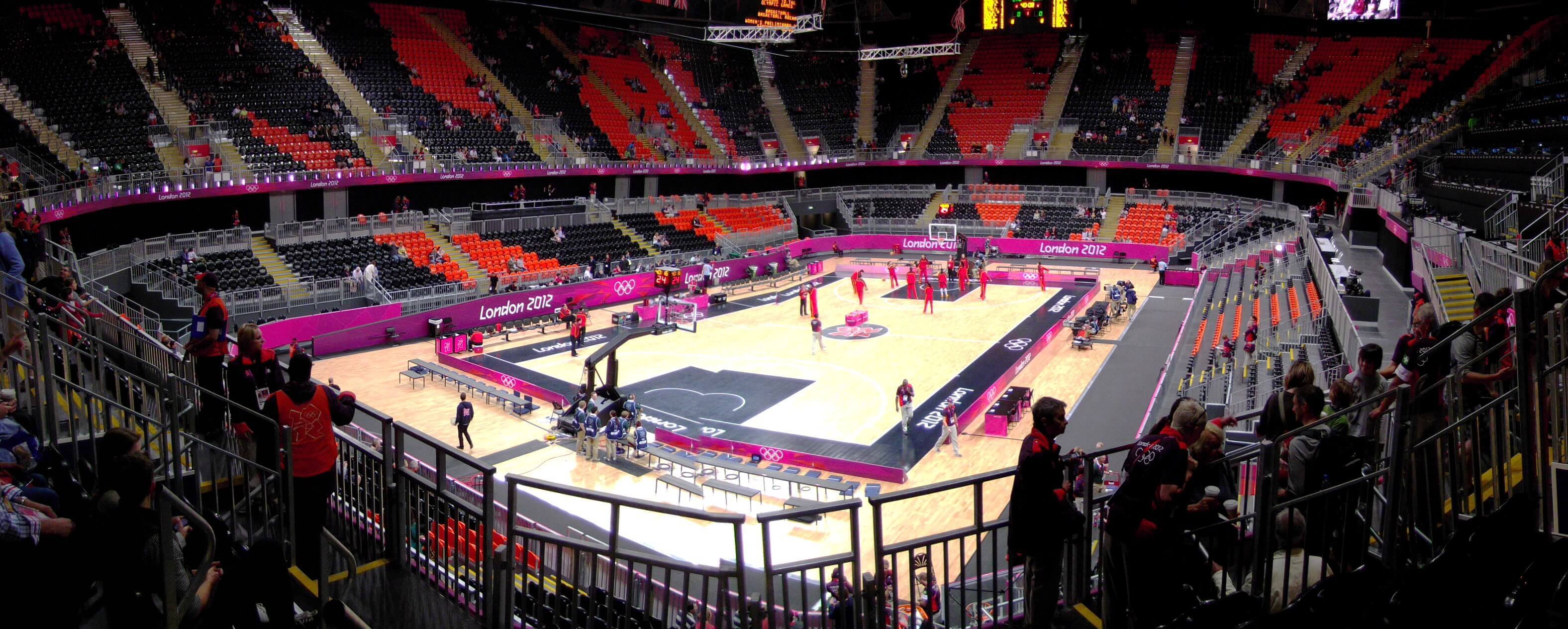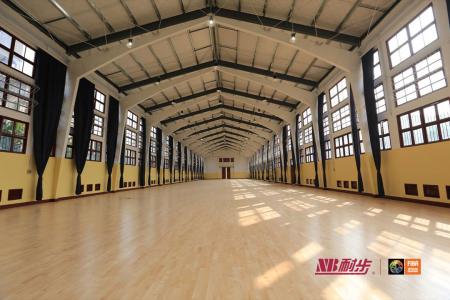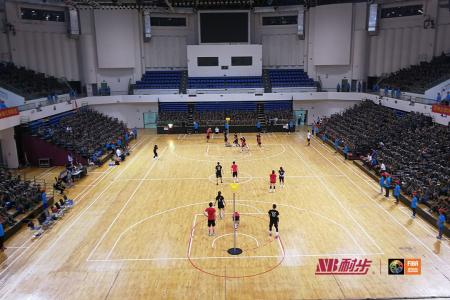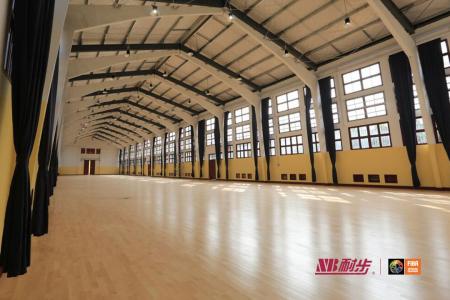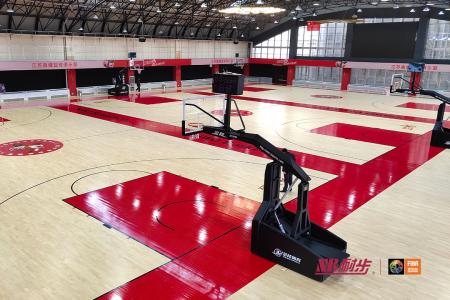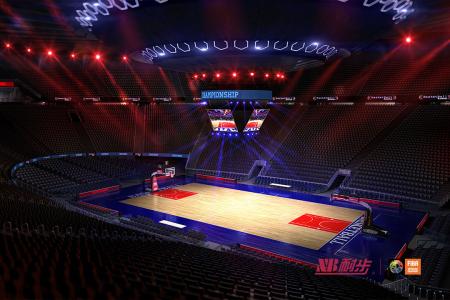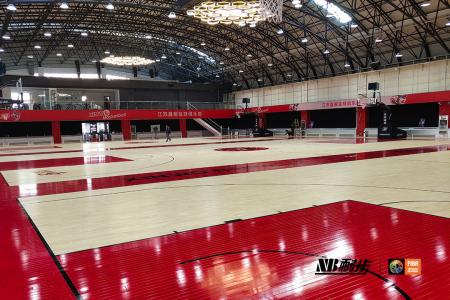Sports wood flooring: possibilities and precautions for outdoor use

In modern fitness, sports and leisure activities, sports wood flooring is widely used in various indoor sports venues due to its superior performance and beautiful appearance. However, many sports enthusiasts and venue operators ask, is sports wood flooring suitable for outdoor use as well? Today, we’ll take a comprehensive look at this topic and learn about the characteristics of sports wood flooring, the advantages and disadvantages of outdoor use, and how to properly maintain wood floors to extend their lifespan.
1. Basic characteristics of sports wooden flooring
Sports wooden flooring is mainly used for basketball, volleyball, badminton, table tennis and other sports. Its main features include:
< p>1. Elasticity and toughness: Sports wooden flooring provides appropriate cushioning and support for athletes, which not only reduces the impact on joints during exercise, but also improves the flexibility and stability of exercise.2. Wear resistance and stain resistance: High-quality sports wood floors are usually specially treated to make their surfaces more wear-resistant and easy to clean, making them suitable for high-intensity sports needs.
3. Aesthetics: The unique texture and color of wood make sports wooden floors visually attractive and can enhance the overall atmosphere of the venue.
4. Environmental protection: High-quality sports wood flooring is usually made of natural wood and does not contain harmful chemicals, making it safer and healthier to use.
2. Possibility of outdoor application of sports wood flooring
When considering applying sports wood flooring outdoors, you first need to recognize the difference in environmental adaptability between the two. Outdoor environments usually face more challenges:
1. Climate change: Outdoor sports floors need to adapt to various climatic conditions, such as strong sunlight, rain, humidity changes, etc. These may affect the performance and appearance of the wood.
2. Temperature changes: Wood is very sensitive to temperature changes. Seasonal temperature differences may cause the wood to shrink or expand, thus affecting the structure of the floor.
3. Moisture-proof and waterproof: The outdoor environment is humid, and rainwater penetration and water accumulation are frequent, which may cause mold and rot on the wooden floor.
Nevertheless, specially treated composite wood flooring (such as high-density polyethylene or reinforced wood) can be used outdoors under certain conditions. These materials are uniquely crafted to be somewhat resistant to the effects of moisture, UV rays and temperature changes.
3. Advantages and Disadvantages of Outdoor Sports Wooden Flooring
1. Advantages
- Multi-functional use: If conditions permit, outdoor sports wooden flooring can be used for organizational purposes Various sports, including basketball, volleyball, tennis, etc., provide sports enthusiasts with a wider space for activities.
- Improve venue utilization: introduce outdoor sports wooden floors into the venueIt can improve the efficiency of venue use and attract more participation in sports teams, schools and community activities.
2. Disadvantages
- High maintenance costs: The impact of the external environment on wooden floors is much greater than that of indoor use, so regular maintenance and upkeep is required to reduce damage caused by moisture and other factors. damage.
- Reduced service life: Even treated sports wood floors cannot guarantee the same service life as indoor venues. High temperature, sunlight and rain may accelerate aging and damage.
4. How to choose a wooden floor suitable for outdoor conditions
When choosing a sports wooden floor suitable for outdoor use, you need to consider the following factors:
1. Type of wood : Choosing wood species with high hardness and good weather resistance, such as oak, maple, fir, etc., can effectively improve the durability of the floor.
2. Surface treatment: Consider using waterproof coatings, antifungal agents or other special treatment techniques to enhance the water resistance and UV resistance of the wooden floor.
3. Composite materials: In recent years, composite wood flooring has become more and more popular. Its structure usually includes a combination of multiple layers of wood and polymer materials, which has better environmental adaptability.
4. Anti-slip design: The surface treatment of the floor should also be considered when selecting to ensure it has good anti-slip properties to reduce the dangers caused by movement in humid environments.
5. Maintenance and maintenance of sports wooden floors
If you decide to use sports wooden floors outdoors, regular maintenance and upkeep are essential:
1. Cleaning and maintenance: Clean the floor surface regularly to remove dust and debris to prevent wear and tear. Particular attention needs to be paid to drainage and air drying after wet weather.
2. Regular inspection: Regularly check the seams, wear and tear of the wooden floor and whether there are signs of moisture intrusion. If problems are found, fix them promptly.
3. Coating protection: Re-coat the floor surface every year to enhance its wear resistance and protective properties.
4. Avoid direct sunlight: It is recommended to set up an awning above the floor to reduce the exposure of the wood to the sun and reduce the risk of discoloration and temperature deformation.
6. Summary
Although the traditional use of sports wood flooring is mainly concentrated indoors, under appropriate conditions, it can also be extended to outdoor use. However, selecting and maintaining wood flooring that is suitable for your outdoor environment is key to ensuring its performance and longevity. Understanding the characteristics of wooden flooring, choosing materials reasonably, and maintaining it carefully will allow you to enjoy a better experience during outdoor sports.
In short, introducing sports wood flooring outdoors is achievable, but it requires a full understanding of the characteristics of the wood and the adoption of appropriate measures. This requires us to always grasp the details during the selection, use and maintenance process in order to achieve the ideal results. I hope this article provides you with useful information to help you make an informed choice.

